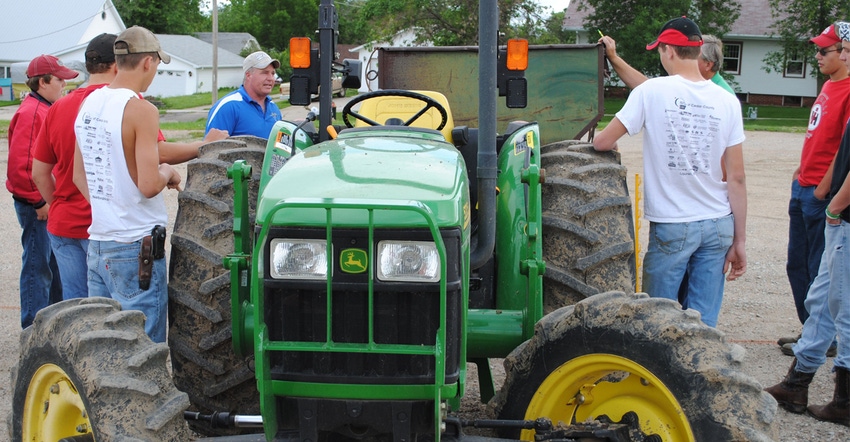
Two northeast Nebraska counties caught the attention of a collaborative project between the National 4-H Council and The Bridgespan Group, a global nonprofit organization that collaborates with mission-driven leaders.
Using analysis of historical data, insights from local 4-H educators and data linked to anonymized nation-wide tax filings that are available publicly through the Equality of Opportunity Project, Knox and Cedar counties and their surrounding areas were identified among the top 10% of about 1,300 counties across the nation for rural economic advancement of youth.
That means when the team looked at children across rural America, those from these two counties were able to earn more, as adults, than their parents did a generation earlier. For many milestones associated with economic advancement of youth, like high employment and low teenage pregnancy rates, Cedar and Knox counties ranked among the top of all rural counties.
That’s why the National 4-H Council and Bridgespan contacted Nebraska Extension educator Jackie Steffen, based in Hartington, and asked her to help them set up a listening tour in several communities in the two counties.
During the tour, the study team engaged in a broad range of conversations with a diverse set of stakeholders. With further assistance from Nebraska Extension educator Ruth Vonderohe at Center; Knox County Economic Development Director Megan Hanefeldt and Crofton area community volunteer Holly Wortmann, 27 conversations were initiated in late February in several communities. The conversations sought to explore factors that might be driving positive outcomes for young people in Cedar and Knox counties.
“I feel very fortunate to have been able to be a part of this process to showcase Cedar and Knox counties,” Steffen says. “The listening tour took a lot of teamwork and coordination from numerous individuals, and I know that we were able to paint a great picture of the opportunities youth have in our area,” she explains. “It made me feel proud. I am looking forward to how this study may impact future youth development programming.”
In the communities of Laurel, Randolph and Wausa, the perspectives of young people themselves were also sought, with the team organizing focus groups with high school teens from the communities involved in the conversations. Students spoke about their experiences growing up in their communities, supports they have found helpful along the way, and how they think about their future after high school.
The team looks forward to sharing the stories and insights it gathered more broadly. After the Nebraska sessions, the team plans to visit rural communities in Minnesota, Texas, North Dakota and other areas. Bridgespan and National 4-H Council will issue a final report at the project’s conclusion. The group hopes to use these learnings to engage in collaborative efforts to advance the way nonprofits and funders support opportunities for young people in rural America.
Learn more by contacting Steffen at [email protected].
About the Author(s)
You May Also Like






